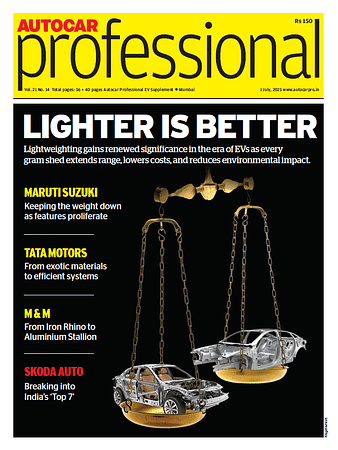ZF joins Open Manufacturing Platform
The aim of this initiative is to enable faster and more cost-effective innovations in the manufacturing industry.
ZF Friedrichshafen AG is joining the Open Manufacturing Platform (OMP), which was announced in 2019 by the BMW Group and Microsoft.
The aim of this initiative is to enable faster and more cost-effective innovations in the manufacturing industry. The OMP technology framework and community are designed to nurture the development of smart-factory solutions across the sector. Sharing knowledge and utilising industrial use cases and sample code, OMP members will be empowered to simplify and accelerate the development of their own services and solutions.
Seamless data sharing is still a vision, since many data sources first need to be connected and interlinked within a company, and then extended to partners and external entities. ZF says it is working actively in improving Industry 4.0 maturity towards smart factories, one major aspect is the seamless data integration via open and interoperable platforms and processes.
The OMP aims to provide community members with a reference architecture with open source components based on open industrial standards. The approach is designed to standardise industrial data models to accelerate analytics and machine learning scenarios by unlocking the access to data that used to be stored in proprietary systems. The OMP will be compatible with existing Industry 4.0 reference architecture, leveraging the industrial interoperability standard OPC UA. The community members retain full control over their data.
“The OMP is a key-enabler for us at ZF to further develop our digital manufacturing capabilities to cover current and future requirements to reach the next level of I4.0 maturity,” says Dr. Jürgen Sturm, Head of IT at ZF.
The OMP addresses the needs of the entire industry – for instance with regard to data connection of machines and systems or system integration. This means that manufacturers, suppliers, and their partner companies do not need to build new software from scratch but can build on existing components. One example is the integration of functions with which autonomous transport systems can be coordinated regardless of the manufacturer.
RELATED ARTICLES
Forvia Appning and 4screen partner to transform the onboard experience
The partnership aims to enrich the driver and passenger experience by providing personalized and contextual recommendati...
ZF unveils next-gen intelligent chassis sensor
Upgraded version’s integrated accelerometer enables even more precise detection of relative motion in three dimensions a...
First BYD EV rolls off the line at new plant in Brazil
Chinese EV maker takes just 15 months from breaking ground to producing the Dolphin Mini, the first locally manufactured...





 By Autocar Professional Bureau
By Autocar Professional Bureau
 04 Mar 2020
04 Mar 2020
 4680 Views
4680 Views









